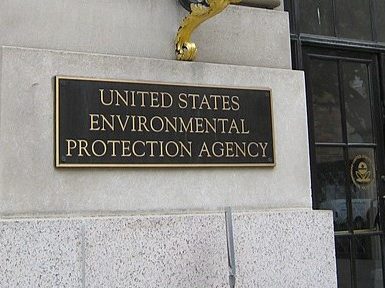A new report from the American Gas Association examines how natural gas affordably and reliably powers America’s healthcare system, whose demand for energy is constant.
Data from the U.S. Energy Information Administration (EIA) finds that 74% of hospitals utilize natural gas for space heating, while 80% rely on it for water heating purposes. Hospitals typically exhibit higher energy consumption per square foot compared to other commercial building types. Maintaining essential equipment like ventilators and ensuring proper lighting during surgical procedures requires a constant and dependable energy supply.
Hospitals undertake numerous energy-intensive operations including laundry, the utilization of medical and laboratory equipment, sterilization procedures, computer and server operations, food services, and refrigeration. All these activities require a consistent and dependable power supply around the clock.
“For our hospitals to deliver world-class care to patients, we need reliable power from multiple sources,” Health System Alliance of Arizona CEO Brittney Kaufmann said. “Any interruption to a hospital’s power supply and its ability to serve patients could be catastrophic.”
According to the U.S. Department of Energy, natural gas is roughly one-third the cost per-unit compared to electricity. This cost difference highlights how natural gas affordability plays a crucial role in ensuring cost-effective energy solutions for healthcare facilities nationwide.
“There’s no two ways about it – our energy saves lives,” AGA President and CEO Karen Harbert said. “The affordability of natural gas is critical to keeping hospitals open and serving patients, particularly in rural areas where healthcare facilities often operate with limited resources and extremely low profit margins. America’s hospitals are part of our critical infrastructure – and vital to protecting the health of Americans in good times and when tragedy strikes. The irreplaceable role of natural gas in providing reliability to America’s healthcare system is why there are currently zero all-electric inpatient healthcare facilities in the United States.”
In the Northeast and Mid-Atlantic regions of the United States, the healthcare industry accounts for the largest portion of commercial and industrial energy usage. The availability of renewable energy sources such as solar and wind power is restricted in these areas due to geographical factors and natural terrain. Additionally, these regions generally experience colder climates, leading to a heavier reliance on natural gas for both space and water heating.
The healthcare sector makes up 23.3% of all U.S. jobs and contributes $3.4 trillion in GDP and $274 billion in state and local taxes.
Businesses in the healthcare system consume roughly the same amount of natural gas as the entire state of Utah at 271.6 billion cubic feet.
Hospitals also rely on natural gas to power their operations during times of crisis. If all end uses were switched to electricity, the backup electricity generation systems would have to be substantially expanded to accommodate the heightened demands. This expansion, aside from adding expenses for hospitals, would result in an increased use of diesel fuel and lead to increased emissions of pollutants into the atmosphere.
















Add comment